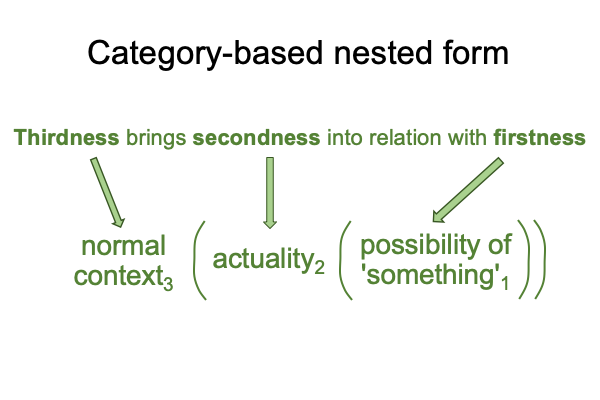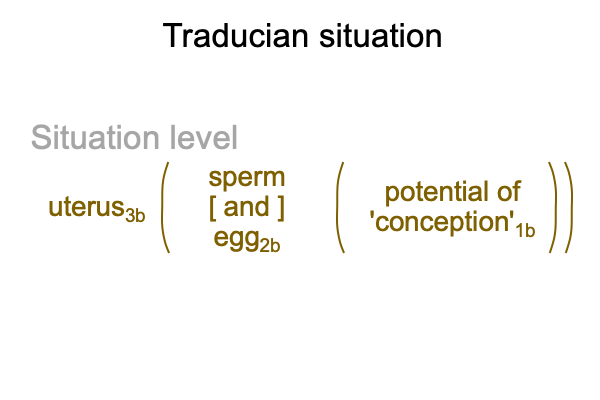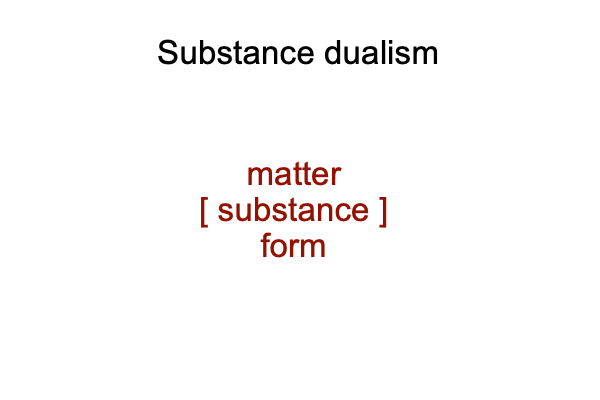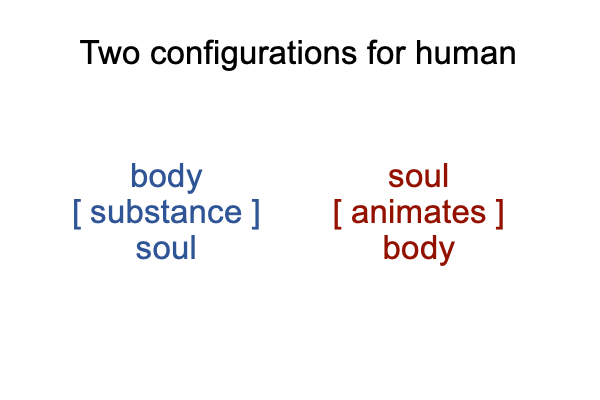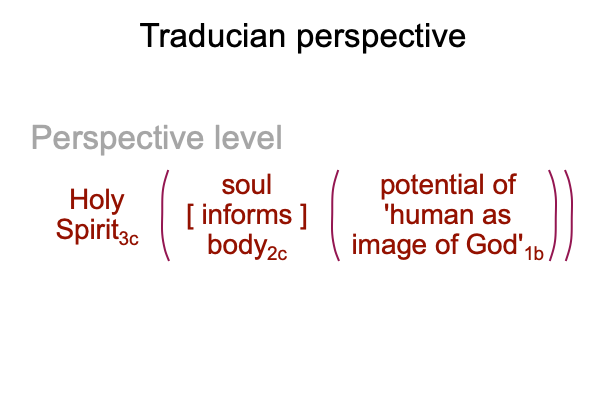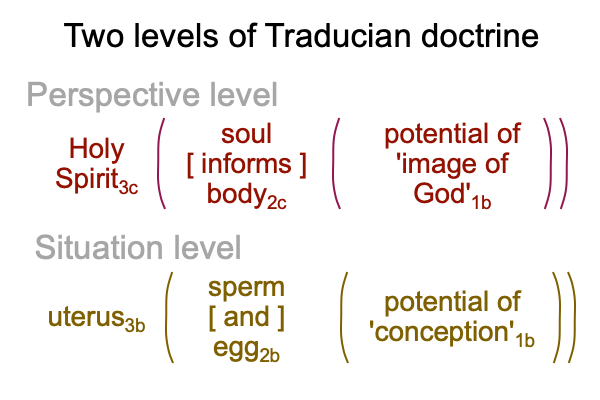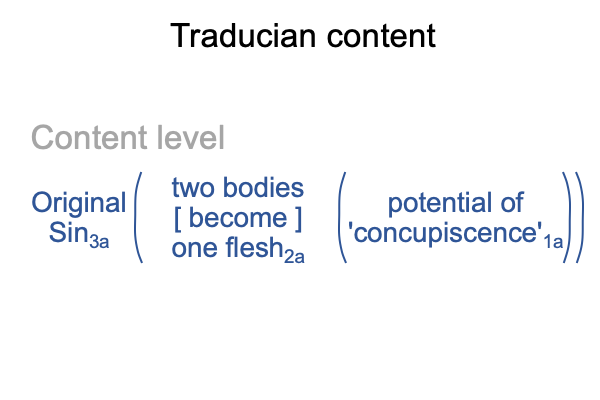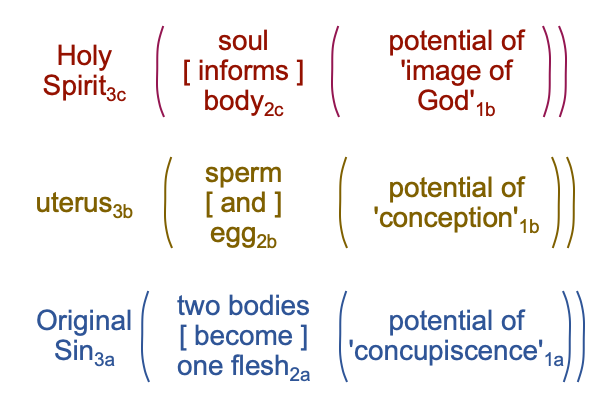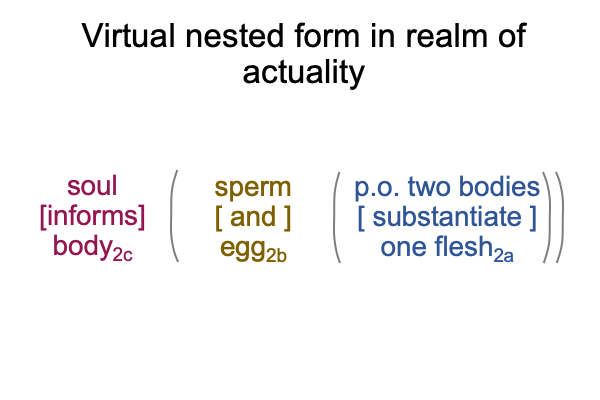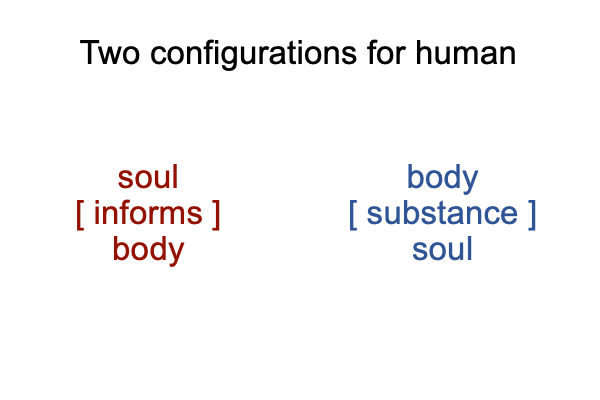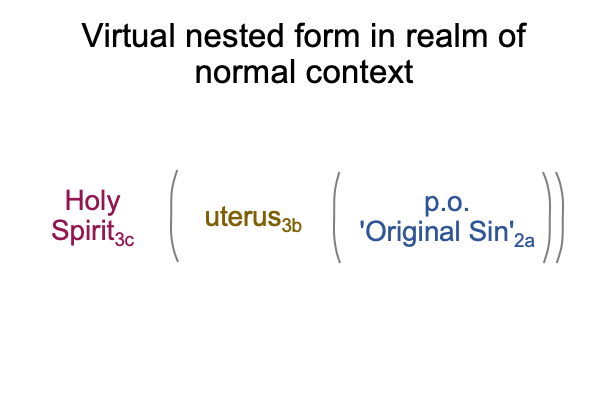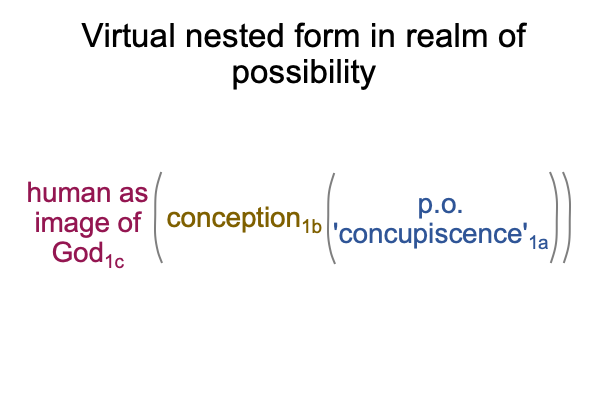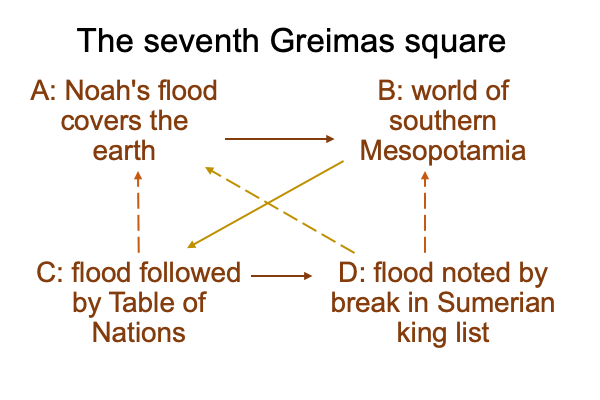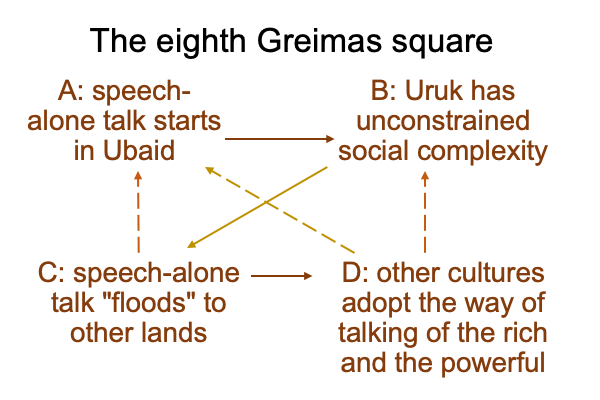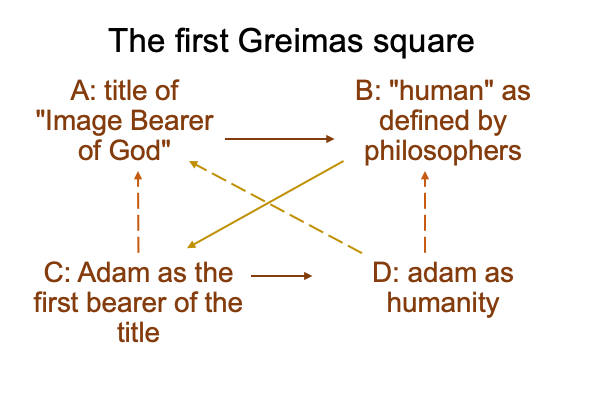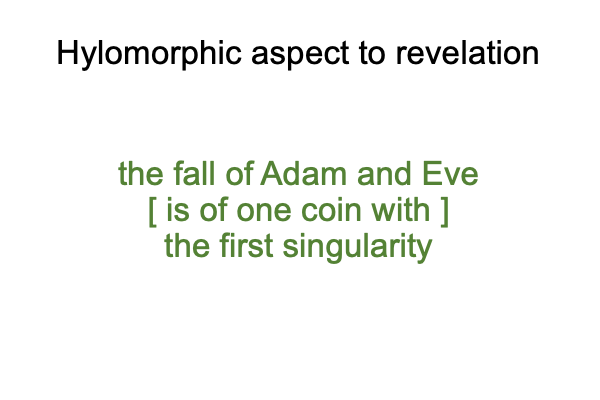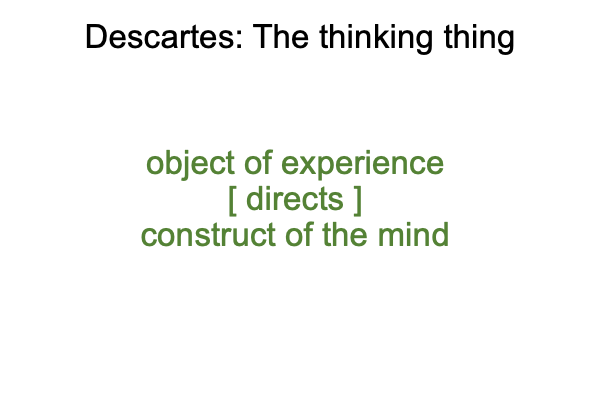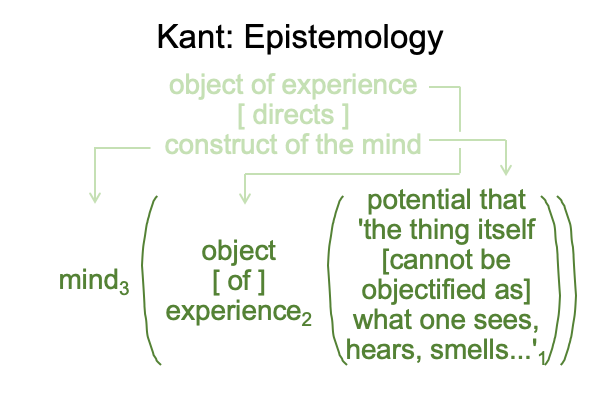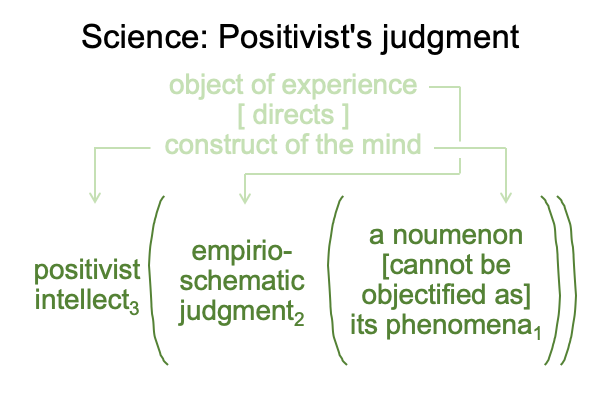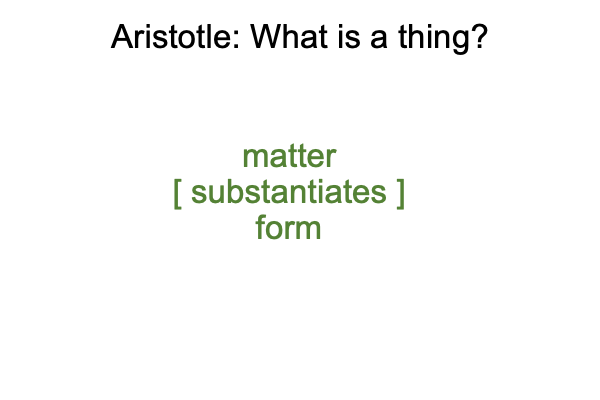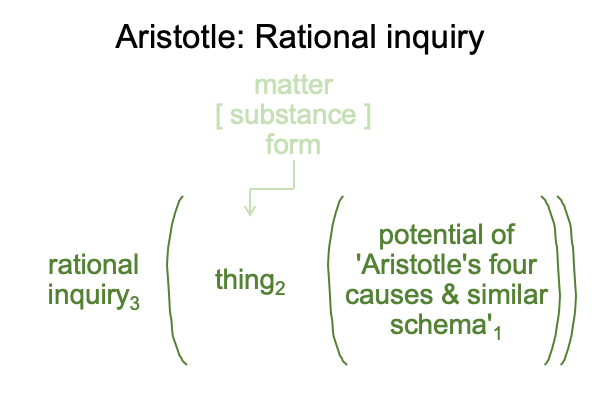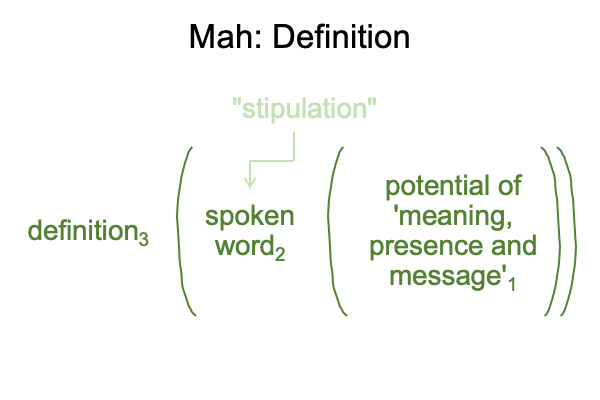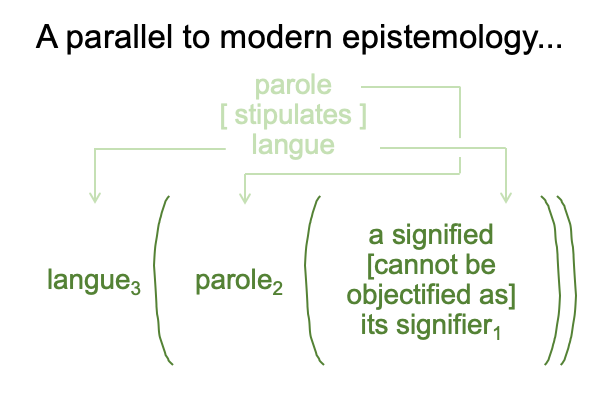Looking at Andrew Ter Ern Loke’s Book (2022) ” The Origin of Humanity and Evolution” (Part 15 of 21)
0130 In section 5.6, Loke defends Traducianism.
The doctrine of Traducianism explains the passage of original sin… or is it original guilt?… from Adam to all subsequent humanity. It assumes that Adam and Eve are literally the father and mother of all humanity. So, the mechanism of transfer may be called, “genetic”.
The theological implications of the scientific hypothesis of the first singularity offers an alternative mechanism. Original sin, the condition of the loss of original justice, passes to anyone who is born in a civilized world, practicing speech-alone talk. The mechanism of transfer is not “genetic”. It is “unavoidable”, because every civilization practices speech-alone talk from its inception.
0125 Indeed, the hypothesis of the first singularity accounts for the impression that Adam and Eve are the first humans,because they are fairy tale figures associated to the foundation of the first culture to practice speech-alone talk, the Ubaid of southern Mesopotamia, round about 0 U0′.
Yes, I am back to uh-oh prime.
0131 The Uruk archaeological period starts 1800 U0′, after seven Plutonic years.
The Sumerian Dynastic, officially labeled “civilization”, starts around 2800 U0′, after four more Plutonic years.
0132 For southern Mesopotamia, only 11 Plutonic years pass when going from zero to full civilization. By the time that the Sumerian Dynastic starts, speech-alone talk extends from the eastern coast of China to the western edge of the Mediterranean to the northern steppes of Russia.
How do I know this?
Speech-alone talk is the third technology of the intellect (the first is hand-talk and the second is hand-speech talk) adopted by the Homo genus. Speech-alone talk has radically different semiotic qualities than hand and hand-speech talk. These novel semiotic qualities promote unconstrained social complexity, including civilization.
See chapter five of An Archaeology of the Fall.
0133 Speech-alone talk spreads from the Ubaid to surrounding hand-speech talking cultures. Exposure to speech-alone talk initiates a cultural process where the hand-component of hand-speech is valued less and less until the people practice speech-alone talk. No doubt, the shamans of old warn of the dangers. But, who are they to impede progress towards increasing wealth and power?
0134 The stories of Adam and Eve bear witness. All the non-Biblical written origin stories of the ancient Near East also bear witness. Humans are recent creations. None of the storytellers can imagine a world full of humans before the beginning described in their origin stories. No one can discern the Lebenswelt that we evolved in.
In the first chapter of Genesis, humans are created in the image of God. In the Adam and Eve stories, they are endowed with the title, “Image Bearer of God”. Well, the title is not explicitly bestowed. Rather, the couple mechanically fashioned, by God, each in a different style, which comes pretty close to an explicit declaration. And, what do they do? They tarnish the image. They devalue the brand.
How great their fall.

